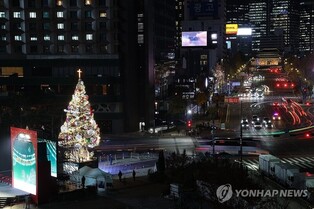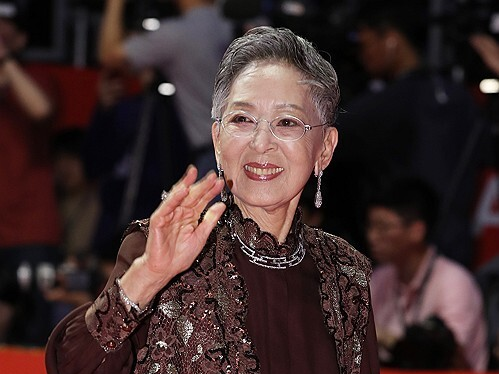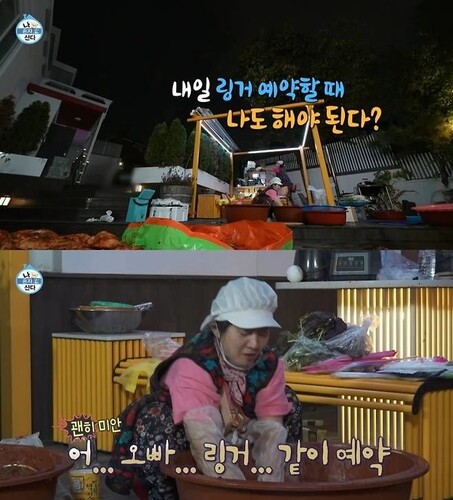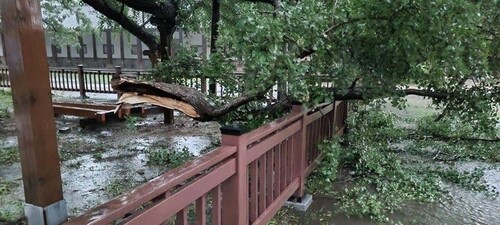 |
| ▲ This photo, provided by the Cultural Heritage Administration, shows the broken branch of the ginkgo tree. (PHOTO NOT FOR SALE) (Yonhap) |
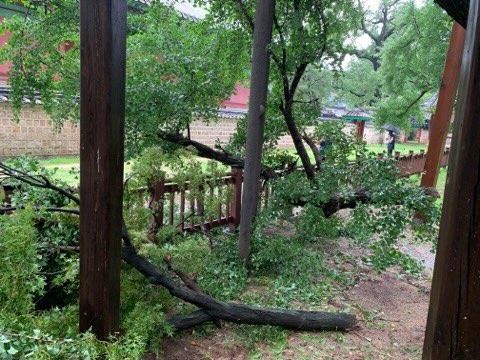 |
| ▲ This photo, provided by the Cultural Heritage Administration, shows the collapsed maple tree at the front and the ginkgo tree at the back. (PHOTO NOT FOR SALE) (Yonhap) |
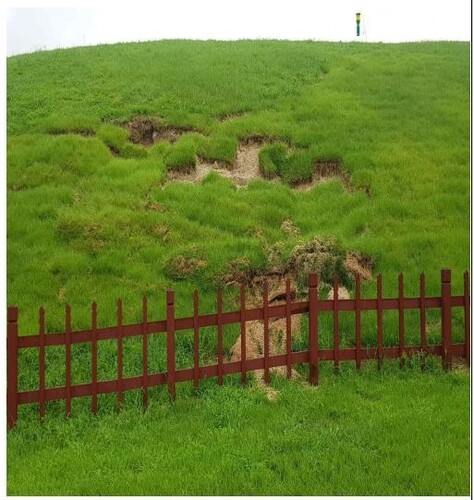 |
| ▲ This photo, provided by the Cultural Heritage Administration, shows Seolleung Royal Tomb after the rain. (PHOTO NOT FOR SALE) (Yonhap) |
 |
| ▲ This photo, provided by the Cultural Heritage Administration, shows the Tomb of Queen Consort Yeongbin, Namyangju after the rain. (PHOTO NOT FOR SALE) (Yonhap) |
 |
| ▲ This photo, provided by the Cultural Heritage Administration, shows Namhansaseong Fortress after the rain. (PHOTO NOT FOR SALE) (Yonhap) |
SEOUL, August 10 (Yonhap) -- Record-breaking torrential rain fell in the central region, causing damage to the cultural properties, including the ginkgo tree in Seoul's Munmyo Confucian Shrine, which has been designated as a natural monument.
According to the Cultural Heritage Administration on Tuesday, a total of 19 nationally-designated cultural properties, including natural monuments and historic sites, suffered damage due to rain which came from the previous day until 4 p.m. that day.
Category wise, 17 historical sites, 1 natural monument and 1 nationally registered cultural property has been told to have been suffering from the rain.
Damage to cultural properties located in Seoul was the highest with 10 cases, followed by Gyeonggi with 8 cases and Gangwon with 1 case.
According to the Jongno-gu Office in Seoul and the Cultural Heritage Administration, a branch of a ginkgo tree with a diameter of 30 cm in the precincts of Myeongnyundang at Munmyo Confucian Shrine and Seonggyungwan National Academy, Seoul at around 6 p.m. the day before.
The broken branch is the branch in the back when viewed from Sungkyunkwan, and it appears that the branch was shaken and broken as strong winds blew in the midst of the heavy rain.
A 20cm-diameter branch of a maple tree near the ginkgo tree was also found to be broken.
An official at the scene confirmed the damage and immediately notified the Cultural Heritage Administration and Jongno-gu Office. After discussing it with Seongkyungkwan, they cleaned the broken branches and the leaves.
The Cultural Heritage Administration also sent a person in charge along with an expert to the site in the morning to check if there were any additional damage.
“After the rain stops, the broken part will be treated in consultation with the Cultural Heritage Administration along with related experts, and measures will be taken to prevent water from entering,” said an official from the Jongno-gu Office.
The ginkgo tree which broke its branch is called the “Ginkgo Tree of Munmyo Confucian Shrine, Seoul” and was designated as a natural monument in 1962.
Estimated to be about 400 years old, it reaches 26m in height and 12.09m in circumference at chest height. It is presumed that it was planted together when munmyo was being rebuilt as it was destroyed by fire during the Imjin War.
Earlier, in the process of replacing the support stand last month, two branches with a diameter of 90 cm and 30 cm were broken and repair work was carried out. Currently, measures are being taken to preserve and manage the broken parts.
The heavy rain also damaged 13 historical sites, including the royal tombs of the Joseon Dynasty.
According to the Cultural Heritage Administration, in the case of Heolleung and Illeung Royal Tombs in Naegok-dong, Seocho-gu, it was found that some sections of drainage channels and parts of the stonewall around the visitor area were lost or collapsed. Pine trees and alder trees around Illeung also collapsed.
In the case of Seolleung Royal Tomb, located in Samseong-dong, Gangnam-gu, the soil on the left and right sides of the Neungchim (Tombs Vicinity) was lost. The tomb of King Seongjong is in need of maintenance due to the loss of soil by the viewing path at the entrance to the tomb.
It is estimated that 15 vehicles were drowned at the Seolleung Royal Tomb and Jeongneung Royal Tomb as their parking lot were flooded.
The Tomb of Queen Consort Yeongbin, Namyangju, where Yeongbin Kim (1669∼1735), a royal concubine of King Sukjong of the Joseon Dynasty is buried, also faced many damages with a large part of the surface of the tomb collapsing. The Cultural Heritage Administration plans to establish a maintenance plan in the future and start its maintenance.
The Namhansanseong Fortress, a UNESCO World Heritage Site and a historic site, also was not able to escape torrential rain.
The heavy rain that hit the metropolitan area resulted in the loss of soil along the trail of the Namhansanseong Fortress, and part of the wooden staircase was said to have been damaged.
Doksanseong Fortress and Semadae Site, Osan, where General Gwon Yul won against the Japanese during the Japanese Invasion of Korea, also had the area around the south gate collapsed, restricting the visitors to enter the site.
Additionally, there were trees collapsing at Seoul Seokchon-dong Ancient Tombs, Seooreung Royal Tomb and Jangneung Royal Tomb as well.
“While minor damages are being fixed by the organizations themselves, we are getting a lot of requests for emergency repair projects or project to prevent further damage,” an official from the Cultural Heritage Administration explained.
(This article is translated from Korean to English by Haemin Kim.)
(END)
(C) Yonhap News Agency. All Rights Reserved





















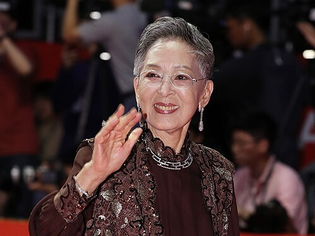
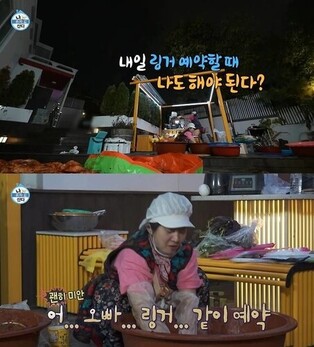
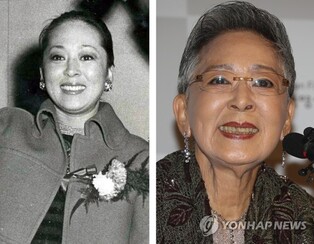
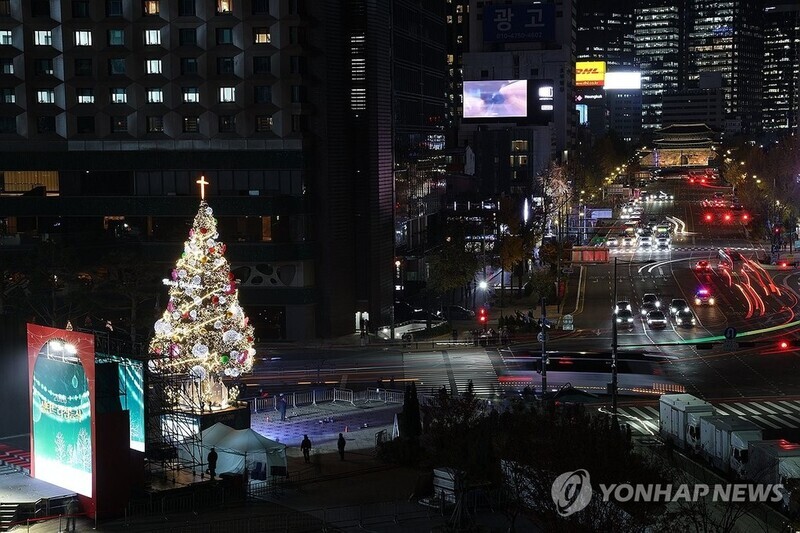

![[가요소식] 10대 싱어송라이터 민서, 데뷔 싱글](/news/data/20251211/yna1065624915952705_742_h2.jpg)
